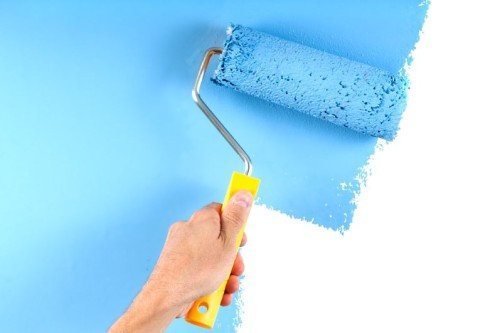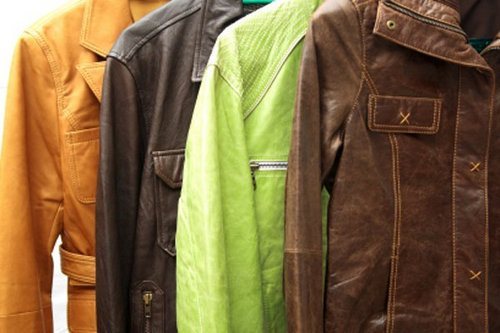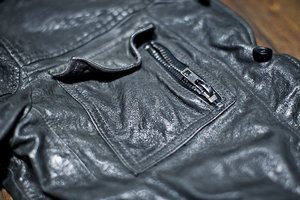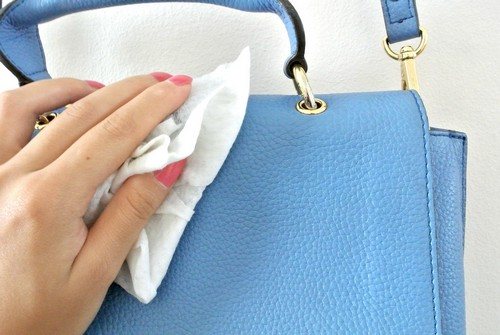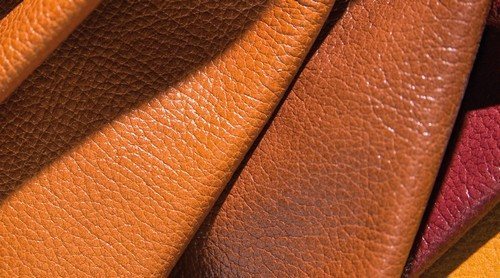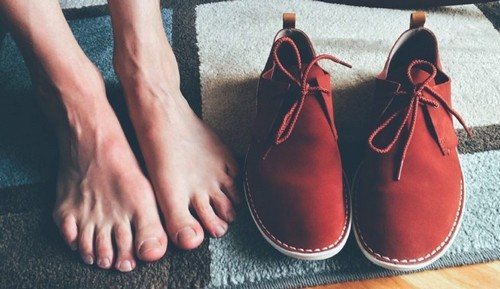A brief overview of how to select and use leather dye, the properties and manufacturers of dyes is presented in this article. Although leather is a natural material, after a while even it loses its representative appearance and needs restoration. You can restore the former attractiveness of your favorite leather item by using special paint.
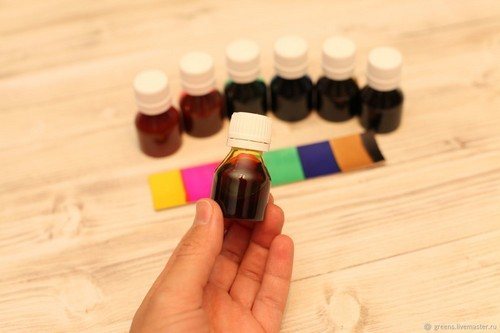
Paint it yourself, or hire a professional?
Before handing over a leather product to a repair and restoration workshop, it is necessary to assess the possible risks. To do this, you can ask close friends and acquaintances if they had to give things to the chosen workshop and what the result was.
To dye leather yourself, you will need to be patient and purchase the necessary tools and paint. There is a wide choice of types of dyes for natural leather.
So, for example, an oil- or water-based leather product is suitable for painting a leather jacket. As a result, oil paint will make the product denser and harder, while water paint, on the contrary, will soften the texture of the material and preserve its natural properties.
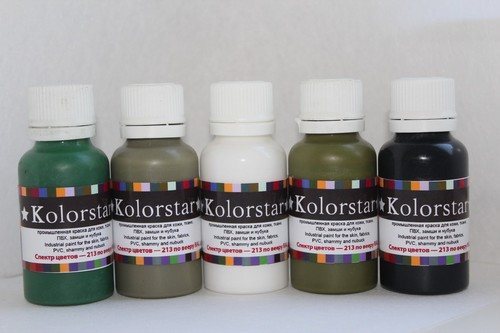
Which paint should I choose?
Before preparing restoration staining, you should pay special attention to the choice of the product itself. There are currently many options on the shelves of shoe and leather stores.
First of all, it is worth distinguishing paint from impregnation or spray. The latter are used as leather care products.
Manufacturers produce paint in the form of a spray, a can with a foam tip, or simply in a container with a lid. It is worth noting that experts consider spray paint (spray) to be the most convenient for home painting. Its use is safe and during the work you can independently control the intensity of painting and, if necessary, apply another layer of the product. The spray also distributes evenly, which does not cause problems with over- or under-applying the colorant.
The foam-tipped can is also easy to use. After opening the seal of the container, it is enough to apply the product using rubbing movements. The paint impregnates the tip and, as it is consumed, is fed through a special outlet from the container onto the foam rubber. It is optimal to use for spot coloring of leather, when individual areas are subject to restoration, and not the entire product.
A box or tin of paint is used using auxiliary items - a sponge or a piece of natural fabric. You can paint absolutely any leather item with this paint.
Important: before you start directly painting, you need to take care of personal protective equipment - put on a protective screen or glasses, rubber gloves. Prevent accidental contact with exposed body parts.
Paint manufacturers
The quality of the product also depends on the reputation of the manufacturer. For self-use, you can purchase paint for leather shoes if there is no leather goods repair shop nearby.The packaging should indicate that this is a product for dyeing natural leather and its tone (color).
List of common brands of leather dyes:
- Liquid leAther is an above-average product, made in the USA, used by specialists for spot and full skin coloring.
- Krkaska “Classic Leather”, average price, intended for independent and professional use. Produced in Russia.
- TM Salamander - offers products in the mid-price category. The durability of the product is good, the colors are rich, the tone corresponds to the description.
- Salton - products for home use, average price.
- Twist – dyes for natural suede and leather.
Painting leather at home
To carry out the process of restoration and coloring of genuine leather products, you will need to have the following set:
- Rubber hand gloves
- Goggles or eye protection
- Unnecessary material, or oilcloth for the surface of the desktop
- Sponge or piece of foam rubber or woolen fabric
- Liquid paint
- Warm water and soap
- Degreasing liquid
- Leather paint fixer
- Leather care product
- Soft brush
In order not to spoil your favorite leather item through ignorance or inexperience, the product should be tested on a small, inconspicuous area of the product, and if the process does not cause doubts or problematic reactions, you can safely continue.
Almost all leather treatment products contain turpentine, a highly flammable substance, so for safety reasons you should have a fire extinguisher or a thick blanket on hand to extinguish a sudden fire.The requirements for the room are open windows and good lighting. There should be no foreign objects or open flames on the work surface.
The first step is to clean the surface to be painted. Wash the product with warm soapy water and a soft cloth and dry thoroughly. Next, you should put on protective gloves and goggles, and degrease the surface; for this, use only specially designed products. After successfully completing the preparatory measures, moisten the leather item being treated and proceed to the main work.
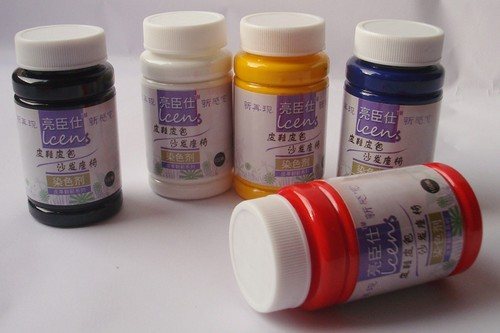
Use cellophane to wrap the fittings of the product in advance. Distribute the dye evenly on the surface of the skin, for a spray and a can of foam rubber - shake the container before use.
During the painting process, visually determine which areas need to be reapplied and which areas have been sufficiently painted.
Before re-spraying, you must wait until the first layer has completely dried and is sufficiently impregnated. When the product is painted in the desired shade, and the last layer of dye has been absorbed and dried, you can apply the fixative - according to the same principle of uniform distribution. Then apply leather care product, after it penetrates into the pores of the leather, polish with superficial touches of the bristles of a soft brush.
Thus, store the freshly painted item away from heaters and open flames, and prevent direct sunlight.
Care and storage of genuine leather products
It is possible to significantly extend the life of your favorite leather jacket or boots by providing proper care and proper storage.
- Leather items should absolutely not be washed in a washing machine. If there is still a need for thorough cleaning, it is recommended to contact a specialized dry cleaner.
- Ironing can only be done at low temperatures on the reverse side, through a layer of natural fabric.
- Drying leather goods is allowed only on a hanger with a soft surface, away from the rays of the sun and heating elements, and in no case on radiators!
- Leather products cannot be stored in plastic bags; for this you should purchase a case made of natural fabric.
- To prevent “creases,” you need to maintain the natural shape of the product and put a dense, stable filler in your boots.
If all recommendations and special conditions are followed, the leather item will serve the owner for as long as possible.


